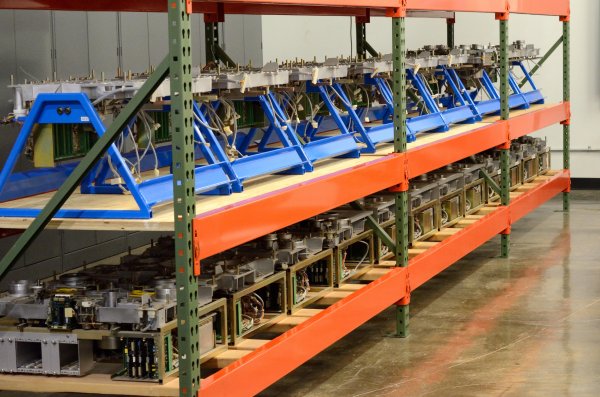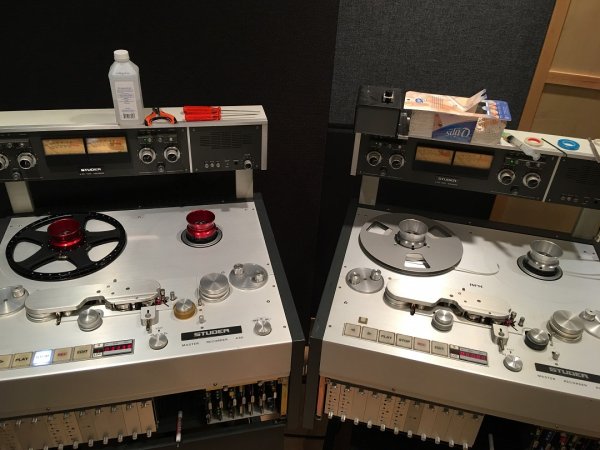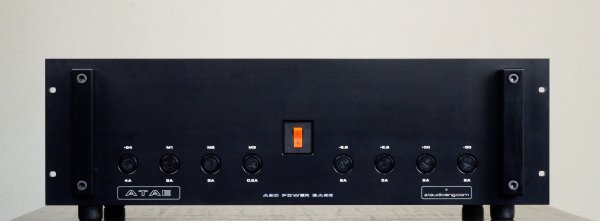What appears from the discussion are those who have found Studer A80's in not very good condition and would like to have more locally situated techs to bring the machine up to working condition at a much lower cost, although not to the level that Fred and ATAE do their restorations.
Hello Larry. I'd say that your assessment of what today's tape renaissance driven market wants is correct.
They want a tape transport in working condition.
If I press play, will the tape move?
If the answer is yes, they will then immediately turn their attention to the repro electronics.
Recall that the tape renaissance was started by people who were suggesting that all you need is a working transport and somebody's new, outboard tape stage.
It could seem intuitively correct, especially to those who believe that the preamplifier is most responsible for a playback system's sound quality.
But it simply is not true.
They are ignoring the underlying physics of analog tape playback and the 85 / 15 rule of building a quality analog tape machine.
Eight-five percent of the cost is in building the tape transport, so that its contribution of time-base corruption of the audio program will be held at a minimum.
A servo-constant-tension tape transport can be over twenty times more complex electro-mechanically than any simple, constant angular velocity turntable used for vinyl playback. The best of these tape transports (like the A80) are extremely expensive to build. So how would anyone expect a state-of-the-art tape transport to cost some fraction of the price of a top-level turntable?
The elephant in the room are the people using salvaged old tape transports, perhaps cosmetically restored, but with readily measurable time-base corruption. Are these people really audiophiles?
I mean, if we accept that they can't hear (or somehow don't object to) the deleterious effects of a smeared and corrupted time-base, should we accept that they are somehow also hearing subtle nuances in the brand of a stage coupling capacitor used in their repro stage electronics? Personally, I'm skeptical.
Is there a way to get closer to the quality of what ATAE does, but at a price point which opens up A80's to a wider audience?
It's going to sound self-serving, but I would say no.
We know a good deal about what it takes to bring an A80 transport back to peak performance. Total re-manufacturing is required.

A80s awaiting re-manufacturing at ATAE
I'll argue further that you have to employ proper measurement of the transport's time base performance, if you want any meaningful confirmation of the end result.
Absent that, you might never really know what the fabled A80 sound quality mystique is all about.
A very powerful demonstration is to listen to an old A80, and then a "new" one, using the exact same headblock and audio circuitry. So that the only difference in the comparison is the two transports. Many people, perhaps even most people, have never heard a tape transport that is not noticeably corrupting the time base of the audio signal.
Thankfully, we have several options for characterizing and quantifying the time base performance of any tape transport. Here are two, still popular instruments dating from about thirty-three years ago, in the Studer A820 era. These are still in use here at ATAE. The one on the left allows spectral analysis of the flutter components (if optionally configured). The one on the right extends the investigation into the high-band region, where scrape flutter very audibly pollutes the time base.






